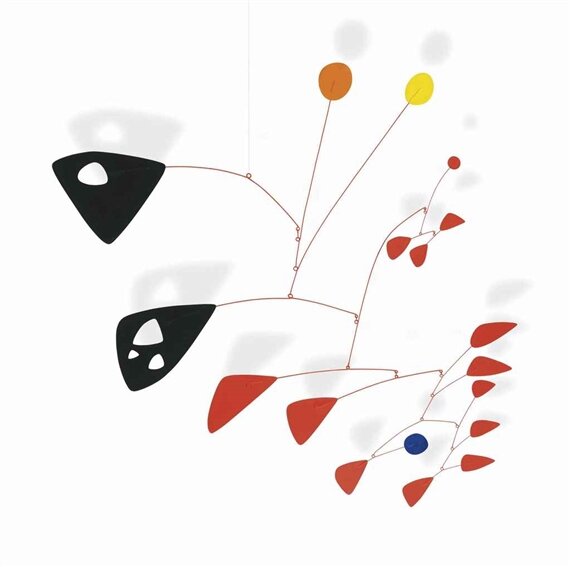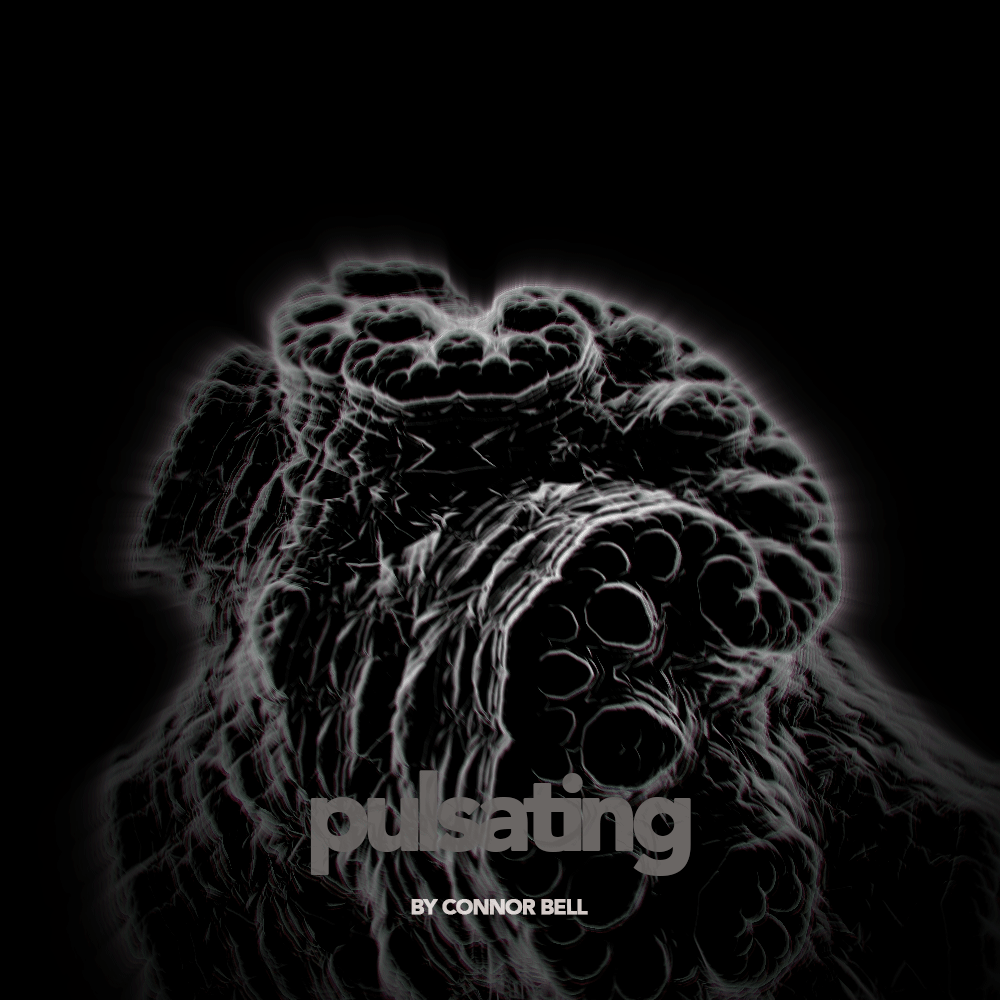Artists
Alexander Calder, known to many as ‘Sandy’, was an American sculptor from Pennsylvania. He was the son of well-known sculptor Alexander Stirling Calder, and his grandfather and mother were also successful artists. Alexander Calder is known for inventing wire sculptures and the mobile, a type of kinetic art which relied on careful weighting to achieve balance and suspension in the air. Initially Calder used motors to make his works move, but soon abandoned this method and began using air currents alone.
Andy Goldswortly Born in Cheshire, England in 1956, Andy owes his love towards nature to his family, who introduced him to agriculture at a very tender age. Since then, he had the idea of creating sculptures using already existing elements of nature. He is a meticulous sculptor producing site-specific land art situation in natural and uban settings.
Bradford College of Art (1974–1975); Preston Polytechnic (now University of Central Lancashire) (1975–1978)
Scottish Arts Council Award (1987); honorary degree from the University of Bradford (1993
Andy Goldsworthy was given the title Officer of the British Empire, OBE, in 2000
Besides England and Scotland, his work has been created at the North Pole, in Japan, the Australian Outback, in the U.S. and many others
He currently lives in Scotland.
Iris van Herpen takes inspiration from the kinetic sculptures of American artist anthony howe for her latest collection at this year’s paris couture week. the dutch designer presented 19 dresses that moved with the wind as models walked the runway wearing technologically mesmerizing pieces made from layers of ancient silk moiré. aptly titled ‘hypnosis’, the show was staged around howe‘s spherical ‘omniverse’ sculpture, which served as a portal for the collection. echoing the same mechanisms, its title-piece featured an engineered skeleton of spirals made of aluminum, stainless steel and bearings, embroidered with a delicate layering of feathers in cyclical flight. as seen in previous collections, Herpen presented her take on ‘suminagashi’ garments, named after the Japanese ink-on-water technique. to create these pieces the designer laser-cut liquid lines of dyed silk before heat bonding them onto transparent tulle. there were also several dresses made of layered iridescent organza shaped into spheres, which Herpen calls ‘epicycle’ looks.
"The Hypnosis collection is a hypnotic visualisation of nature's tapestry, the symbiotic cycles of our biosphere that interweave the air, land, and oceans," said Van Herpen "It also reflects the ongoing dissection of the rhythms of life and resonates with the fragility within these interwoven worlds," she added.
Reuben Wu.Phase One Ambassador Reuben Wu is not only an amazing visual artist, but also a successful music producer. He is based in Chicago, but grew up in north-west England, where he studied Industrial Design at Sheffield Hallam University. He started shooting photos while touring with his band, Ladytron. These days, he works on projects with the likes of Google, Apple, Audi and General Electric. His photography is eerie, otherworldly, sometimes featuring dusky landscapes lit by LED drones, other times volcanoes that leak neon-blue lava, and yet others – car commercials at the Mars desert research station.
Joachim Sauter After graduating from the academy of fine arts in Berlin, Joachim Sauter studied at the 'German Academy for Film and Television', Berlin. Since mid of the 1980s, he has been working as a media artist and designer. From the beginning, he has focussed on digital technologies and is experimenting how they can be used to express content, form, and narration. Fueled by this interest, Joachim founded ART+COM in 1988 together with other artists, designers, scientists, hackers and technicians. Today, he leads the interdisciplinary group’s innovative experiments, using new technologies to convey complex topics while exploring their potential for spatial communication and art.
In the course of his work he was invited to participate on many exhibitions. Beside others he showed his work at 'Centre Pompidou' Paris,'Venice Biennial’, 'Stejdilik Museum' Amsterdam, 'Museum for Contemporary Art' Sidney, 'Deichtorhallen Hamburg' , Kunsthalle Wien,'ICC' Tokyo, 'Getty Center' Los Angeles, MAXXI Rom.
He received several awards like the 'Golden Lion, Cannes', the 'D&AD Black Pencil', the 'Ars Electronica Interactive Award', the 'British Academy for Film and Television Interactive Award', ADC New York and ADC Germany Gold, the 'Grand Clio', the 'Red Dot Grand Prix', the "Designaward of the Federal Republic of Germany" and many other national and international awards'.
Since 1991 he is full professor for "New Media Art and Design" at the 'University of the Arts' Berlin and since 2001 adjunct professor at UCLA, Los Angeles.
Hiroshi Sugimoto is a contemporary Japanese photographer whose esoteric practice explores memory and time. Using the intrinsic quality of long exposure photography, the artist provides insight into how the medium can both obscure and alter reality. Influenced by Dadaist and Surrealist theory, Sugimoto’s Seascapes, Dioramas, and Theaters, craft mysterious scenes from vernacular subject matter. “Photography is like a found object. A photographer never makes an actual subject; they just steal the image from the world,” the artist said. “Photography is a system of saving memories. It's a time machine, in a way, to preserve the memory, to preserve time.” Born on February 23, 1948, in Tokyo, Japan, he graduated with a degree in sociology and politics from Rikkyo University in 1970. The artist went on to receive his BFA in photography from the Art Center College of Design in Los Angeles, before moving to New York in the mid-1970s. He was the recipient of the Hasselblad Award in 2001, and the subject of a mid-career retrospective in 2006 organized by the Hirshhorn Museum and Sculpture Garden in Washington D.C. and the Mori Art Museum in Tokyo. The artist currently lives and works between New York, NY and Tokyo, Japan. Sugimoto’s works are presently held in the collections of the Art Institute of Chicago, The Museum of Modern Art in New York, the National Gallery of Art in Washington, D.C., and the Center for Contemporary Art in Kitakyushu, Japan.
Michael Wesely (born 1963 in Munich) is a German art photographer who is best known for his photos of cities, buildings, landscapes, and still lives of flowers taken with a special ultra-long exposure technique. Michael Wesely lives and works in Berlin.
Wesely's works deal with the subject of time and the change that takes place over time. Due to the extremely long exposure and the special bulb he uses, those elements that move the least dominate his images, while those moving will later be seen as transparent figures or the outlines of newly erect buildings overlapping. The pictures "reveal the passage of time by showing the changing skyline, the skeletons of cranes. the rise of new buildings, and the disappearance of others. Everything that ever happened on the scene during exposure (during weeks, months, or even up to twoor three years) will be seen in one single picture.



















